Blog
Ao Dai – The Traditional Vietnamese Dress Iconic
The traditional Vietnamese dress, known as the ao dai, is more than just clothing; it is a cultural emblem and a source of national pride. With its flowing lines, elegant silhouette, and deep historical roots, the ao dai has captivated generations and continues to evolve, blending tradition with modernity.
This article will explore the fascinating history of the ao dai, its connection with the iconic non la (conical hat), and how it remains relevant today through modern adaptations. Additionally, we’ll introduce Mooncraft, a standout brand that is redefining the modern ao dai while preserving its timeless charm.
Table of Contents
The History of the Traditional Vietnamese Dress: Ao Dai
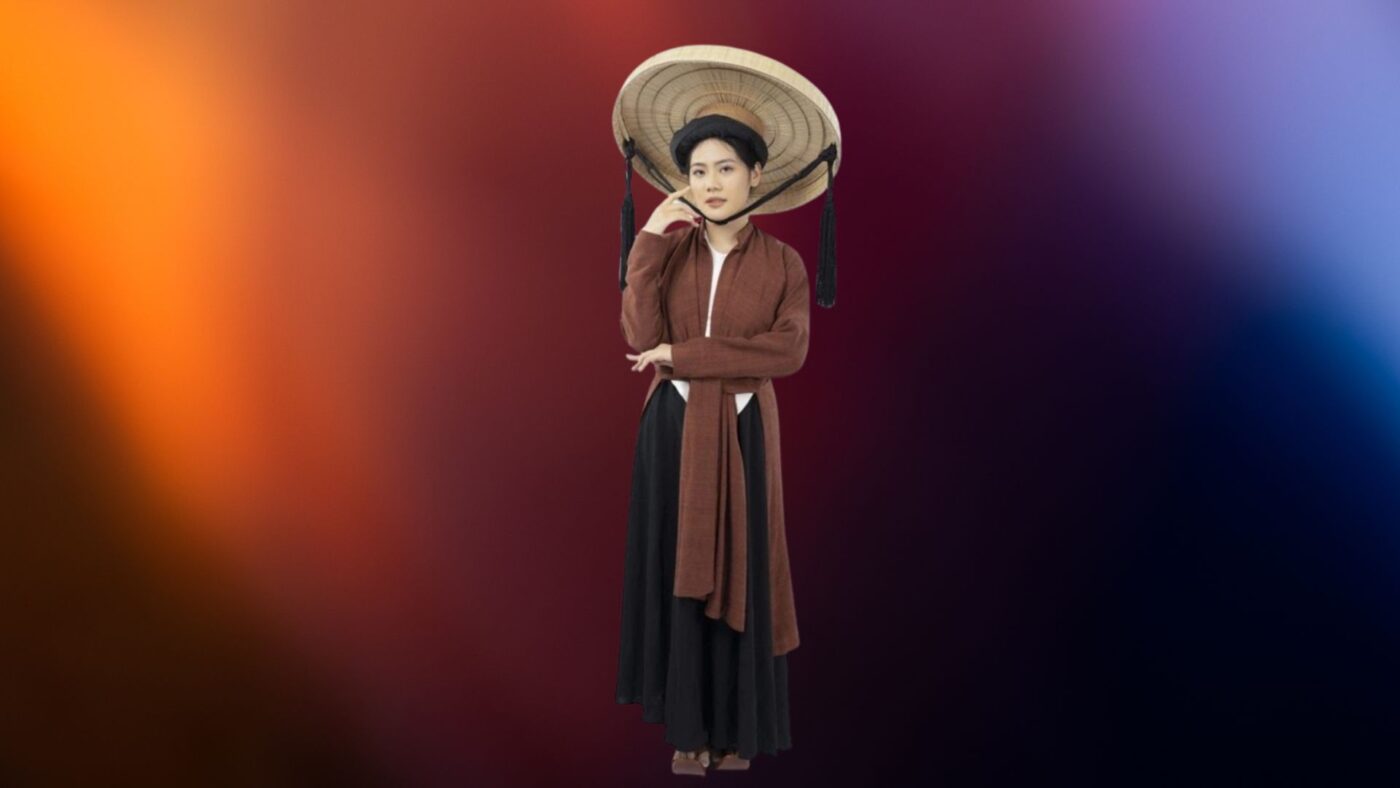
The ao dai has a rich history dating back to the 18th century during the reign of Lord Nguyen Phuc Khoat. Believed to have been inspired by the ao tu than (a four-piece dress worn in Northern Vietnam), the ao dai was designed to unite various regions of Vietnam under a single, elegant style. Over time, it underwent several transformations, adapting to cultural and societal shifts while maintaining its core essence as a symbol of Vietnamese identity.
Key Features of the Traditional Vietnamese Dress – Ao Dai
The traditional ao dai is characterized by its distinctive design and symbolic elements:
- High Collar: Representing modesty and elegance, the high neckline is a defining feature of the ao dai.
- Fitted Bodice: The snug fit accentuates the wearer’s natural curves, creating a look that is both graceful and sophisticated.
- Two Long Panels (Tà Áo): These flowing panels, often reaching the ankles, symbolize balance and harmony.
- Luxurious Fabrics: Traditional ao dai is crafted from materials like silk, velvet, and brocade, chosen for their softness and ability to drape beautifully.
Cultural Significance of the Ao Dai

The ao dai is more than just a dress; it is a representation of Vietnamese heritage and values. It is worn during significant cultural events such as the Lunar New Year, weddings, and festivals, symbolizing respect for tradition. The ao dai also reflects regional differences:
- In Northern Vietnam, the ao dai is often understated, featuring muted colors and simple designs.
- In Southern Vietnam, it embraces vibrant patterns and bold colors, reflecting the lively spirit of the region.
The Ao Dai and Non La: A Perfect Pairing
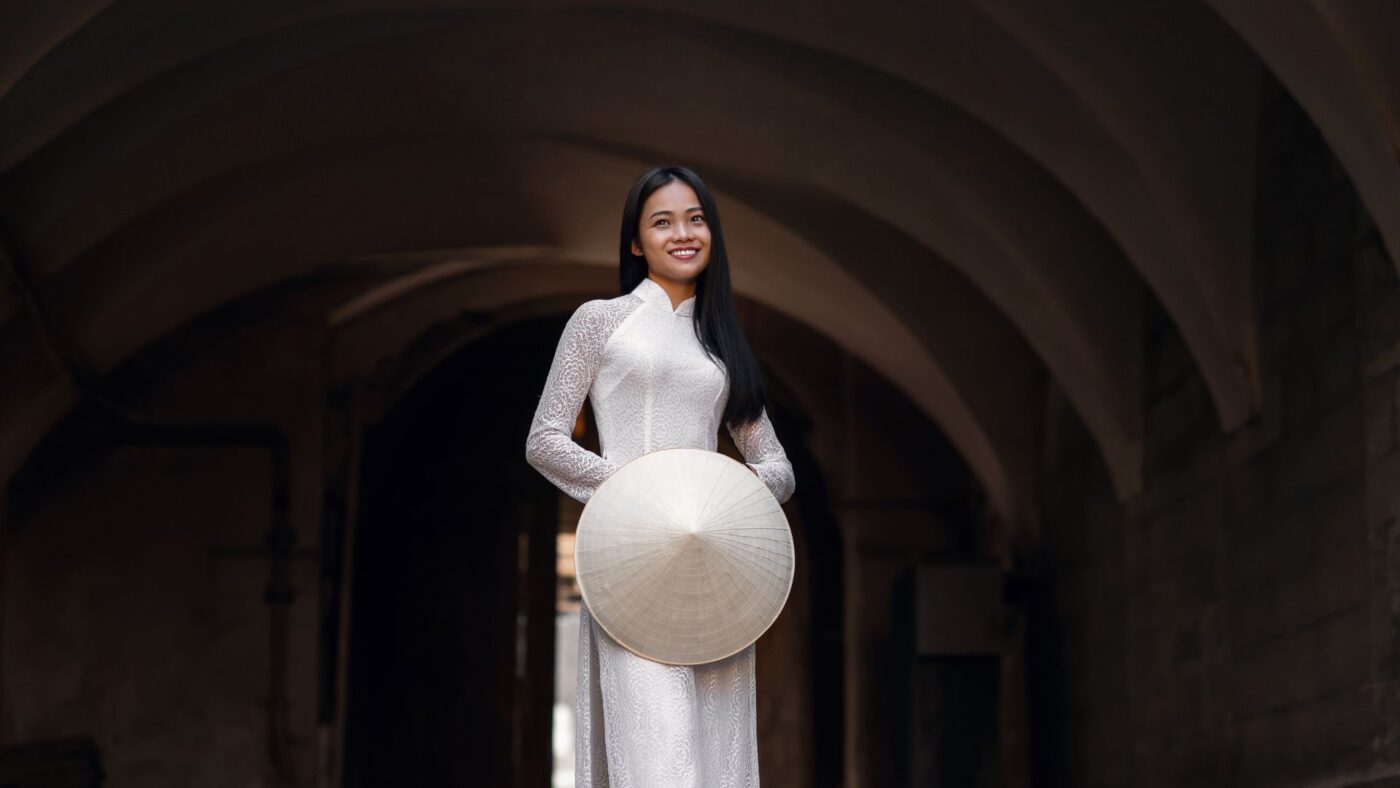
No discussion of traditional Vietnamese attire would be complete without mentioning the non la, a conical hat that perfectly complements the ao dai. Together, they create an iconic image of Vietnamese beauty, blending elegance and simplicity.
The Significance of Non La
The non la is a handmade accessory crafted from palm leaves, bamboo, and bark. It has been a practical and cultural staple in Vietnam for centuries.
- Practical Use: The conical shape provides shade from the sun and protection from the rain, making it an essential item for farmers and workers in rural areas.
- Cultural Symbol: Beyond its practicality, the non la is a symbol of modesty and resilience, often associated with the hardworking yet serene image of Vietnamese women.
Ao Dai and Non La: A Harmonious Combination
When paired, the ao dai and non la create a quintessential Vietnamese look that embodies grace and tradition.
- The ao dai’s flowing silhouette is beautifully complemented by the rustic charm of the non la.
- This pairing is commonly seen in cultural performances, national celebrations, and formal events, where it represents the pride and spirit of Vietnam.
Modern Adaptations of the Non La
In contemporary fashion, designers have reimagined the non la with modern touches, such as embroidery, lace, or unique materials like silk. It has transitioned from a functional item to a fashionable accessory, often seen in photoshoots and international cultural events.
Modern Ao Dai: Where Tradition Meets Innovation
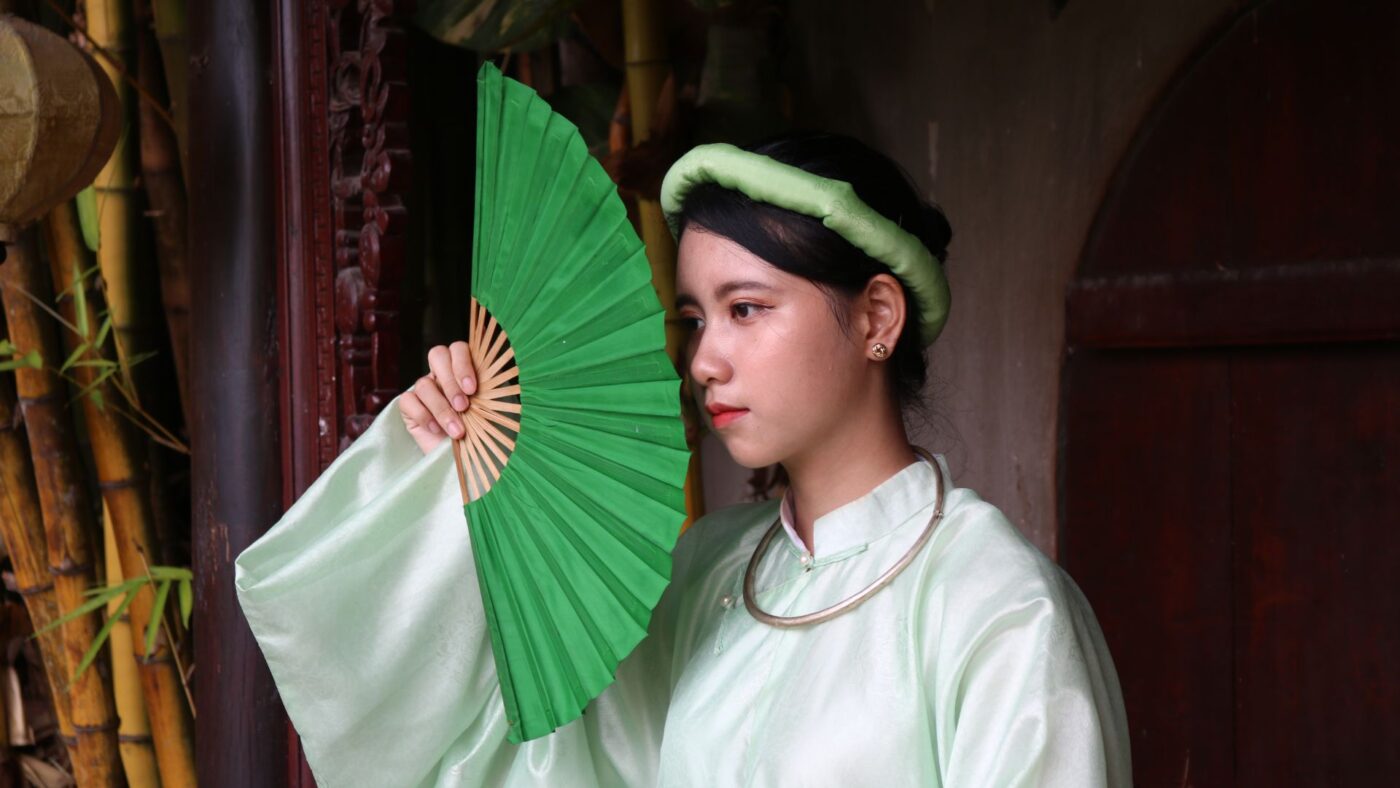
While the traditional ao dai remains a cultural cornerstone, the modern ao dai has emerged as a fresh and versatile adaptation of this iconic dress.
Contemporary Design Changes
Modern ao dai incorporates innovative design elements to suit contemporary lifestyles:
- Shortened Sleeves and Hemlines: These adjustments make it more practical for daily wear.
- Diverse Necklines: Designs now include round, boat, and square necklines, adding a youthful and modern flair.
- Varied Fabrics: In addition to traditional silk, modern ao dai uses materials like chiffon, lace, and organza to reflect current fashion trends.
Wider Application in Everyday Life
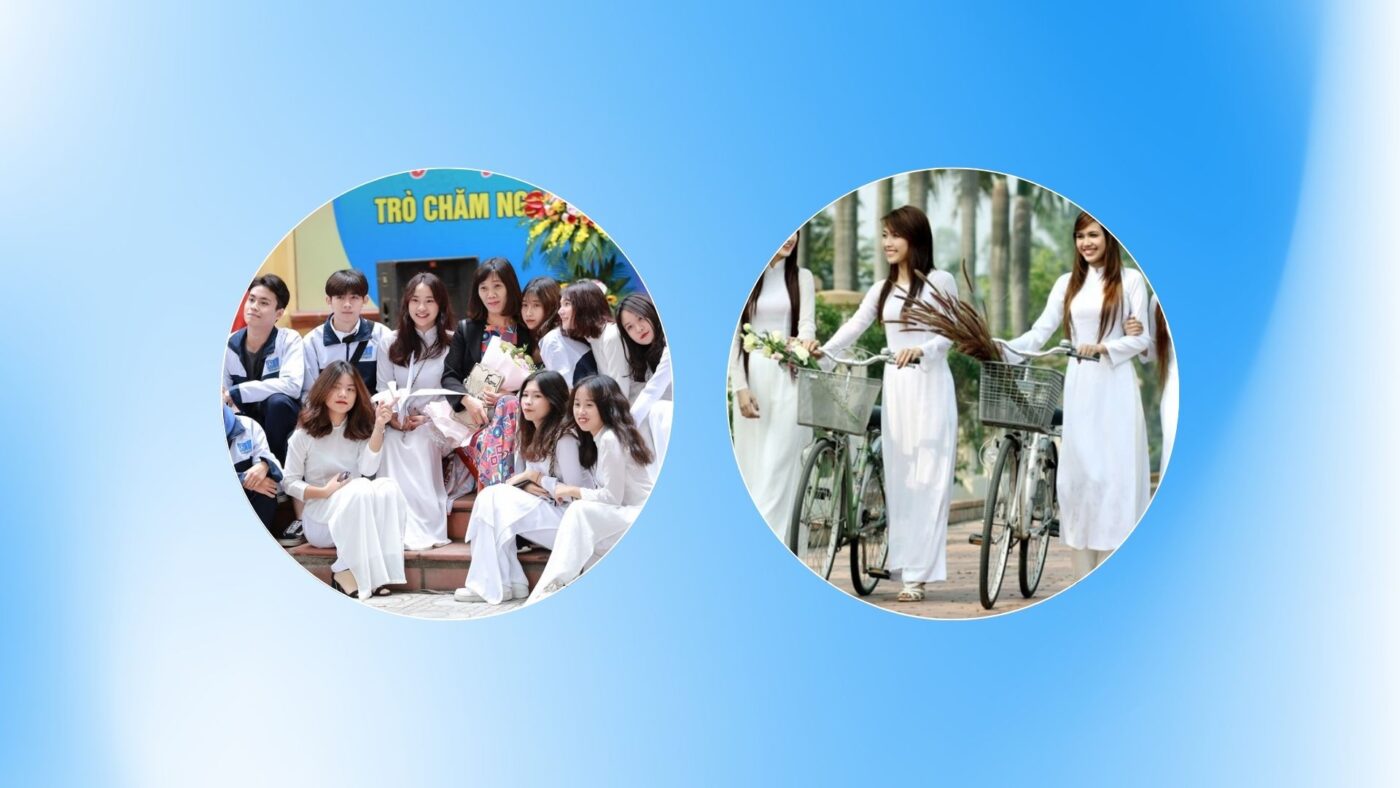
Unlike its traditional counterpart, modern ao dai is not limited to formal events. It is now a common choice for:
- Office Wear: A tailored ao dai exudes professionalism while maintaining a touch of cultural identity.
- School Uniforms: Many schools in Vietnam use ao dai as uniforms, instilling pride in students from a young age.
- Casual Outfits: Designers have created relaxed, streetwear-inspired ao dai designs for everyday use.
Role of Designers in Modernizing the Ao Dai
Young Vietnamese designers are blending traditional craftsmanship with contemporary aesthetics. They are ensuring that the ao dai remains relevant for younger generations while still honoring its historical roots.
Mooncraft: Redefining the Modern Ao Dai
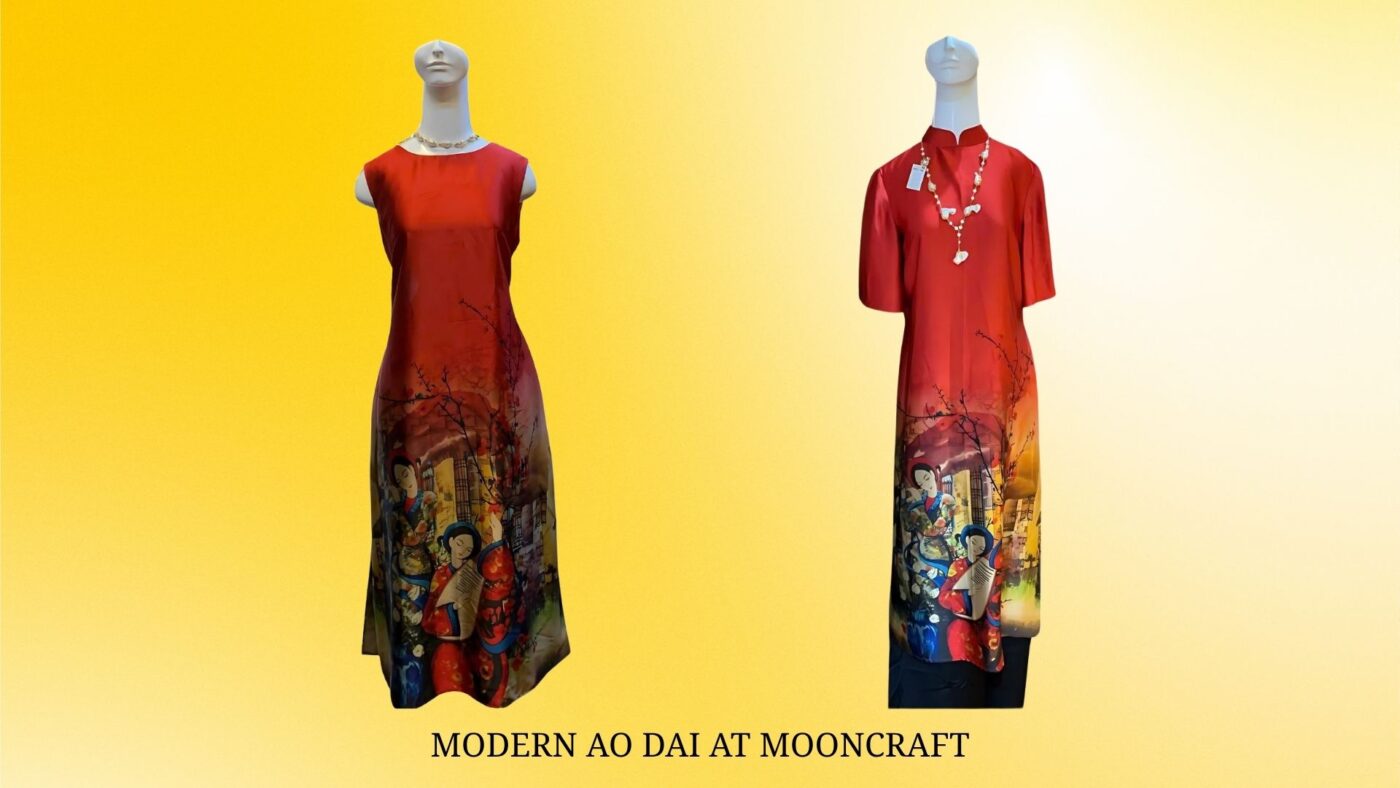
One brand that stands out in the world of modern ao dai is Mooncraft, founded by the talented Nguyet Nguyen. As both a designer and seamstress, Nguyet brings a unique, personal touch to every piece.
What Sets Mooncraft Apart
Exclusive Designs: Each ao dai at Mooncraft is meticulously designed by Nguyet herself, combining traditional elements with modern trends.
Premium Materials: Mooncraft uses Nha Xa silk, a renowned Vietnamese silk known for its softness, durability, and luxurious feel.
Affordable Pricing: Despite its high-quality materials and bespoke designs, Mooncraft offers ao dai at reasonable prices, making it accessible to a wide range of customers.
Mooncraft’s Mission
Mooncraft aims to preserve the cultural legacy of the ao dai while innovating it for contemporary lifestyles. By blending tradition with modernity, Mooncraft ensures that the ao dai remains a relevant and beloved symbol of Vietnamese fashion.
Traditional vs. Modern Ao Dai: A Comparison
| Aspect | Traditional Ao Dai | Modern Ao Dai |
|---|---|---|
| Design | High collar, long panels, classic fabrics | Short sleeves, diverse necklines, new fabrics |
| Occasions | Formal events, weddings, festivals | Everyday wear, office, school, casual outings |
| Symbolism | Deeply rooted in tradition | Blends tradition with practicality |
| Materials | Silk, velvet, brocade | Silk, chiffon, lace, organza |
Conclusion – The Traditional Vietnamese Dress Iconic
The traditional Vietnamese dress, ao dai, is a timeless symbol of Vietnamese culture and identity. Whether worn with the iconic non la or reimagined in modern designs, it remains a source of pride, embodying the elegance and resilience of Vietnam.
For those looking to experience the beauty of the modern ao dai, Mooncraft offers stunning designs crafted with care and creativity. With its commitment to preserving tradition while embracing innovation, Mooncraft is redefining the ao dai for a global audience.
Explore the world of ao dai today and discover why this traditional Vietnamese dress continues to captivate hearts worldwide.
